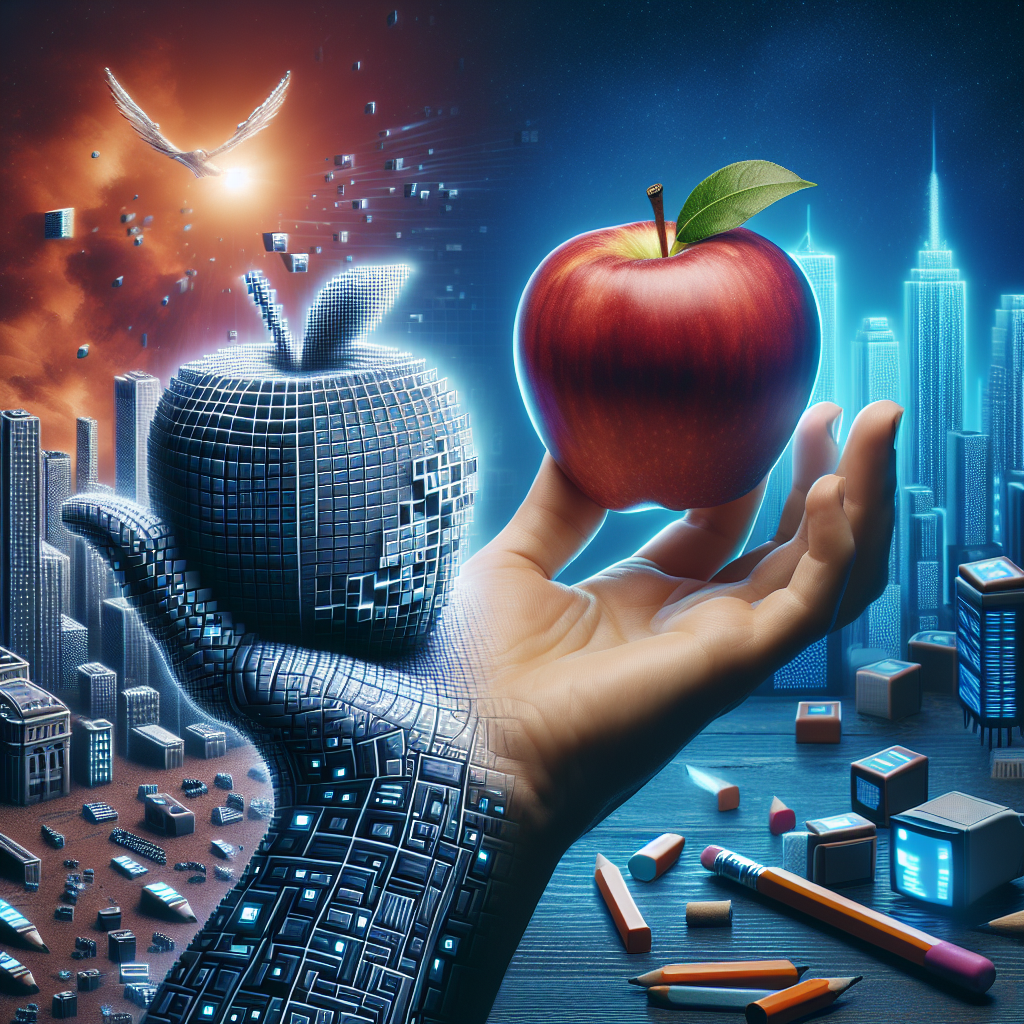How Raster Graphics Revolutionized Digital Imagery
Over the past few decades, digital technology has experienced an exponential growth spurt. This extraordinary development has transformed visual media as we know it, thanks to the introduction of innovations such as raster graphics. By offering a detailed and rich rendering of images, raster graphics have revolutionized the world of digital imagery, transforming numerous fields ranging from gaming to graphic design.
What is Raster Graphics?
To understand the impact of raster graphics on digital imagery, one must first define what it is. In essence, raster graphics is a type of digital image composed of a dot-matrix structure or grid of pixels. Each pixel within the grid contains bits of information representing different colors and shades which together comprise the complete image. The quality of a raster image is determined by the amount of pixels or dots per inch (DPI), the more pixels, the better the image’s resolution.
The Advent of Raster Graphics
Before the advent of raster graphics, the digital imagery landscape was primarily dominated by vector graphics. Vector images are created using mathematical formulas to form shapes and lines which can then be combined to form more complex images. Although vector graphics are wonderfully versatile in their scalability, they fell short in reproducing the depth of color and detail required for photo-realistic images. This fundamental roadblock is what led to the development and adoption of raster graphics.
Impact on Digital Imagery
With raster graphics, digital imagery witnessed a paradigm shift. Suddenly, artists and designers could recreate lifelike images with a depth and quality hitherto unseen in the digital realm. The intricate detail rendered possible through the use of pixels opened up new vistas for creativity, altering the world of visual media irrevocably.
Applications of Raster Graphics
The practical applications of raster graphics are manifold and have revolutionized several industries. In graphic design, artists can now create rich and realistic visuals. Raster images are also instrumental in photography, where they aid in editing and enhancing digital photos to professional standards.
In the world of gaming, raster graphics have taken visual effects and interactive gaming to new heights by providing detailed and immersive graphical environments. Even in web design, raster graphics are used frequently, particularly in complex, visually rich websites.
Conclusion
The invention of raster graphics marked a significant milestone in the history of digital imagery. Without this ground-breaking technology, the richness and realism we now take for granted in our digital world would not exist. As the world continues to witness technological advancements, one can only anticipate the continued growth of raster graphics, informing and transforming the way we visually interact with the digital realm.
Frequently Asked Questions
- What is raster graphics?
Raster graphics is a type of digital image that is made up of a grid of pixels or a dot-matrix structure. - How does raster graphics differ from vector graphics?
Unlike raster graphics which uses pixels, vector graphics uses mathematical formulas to form shapes and lines. - What is the significance of raster graphics in digital imagery?
Raster graphics revolutionized digital imagery by providing the ability to create detailed and lifelike images. - Who uses raster graphics?
Industries that use raster graphics include graphic design, digital photography, gaming and web design. - What is the future of raster graphics?
As technology continually evolves, so too will the capabilities of raster graphics. It’ll continue to shape and transform visual/media interactivity in the digital realm.

